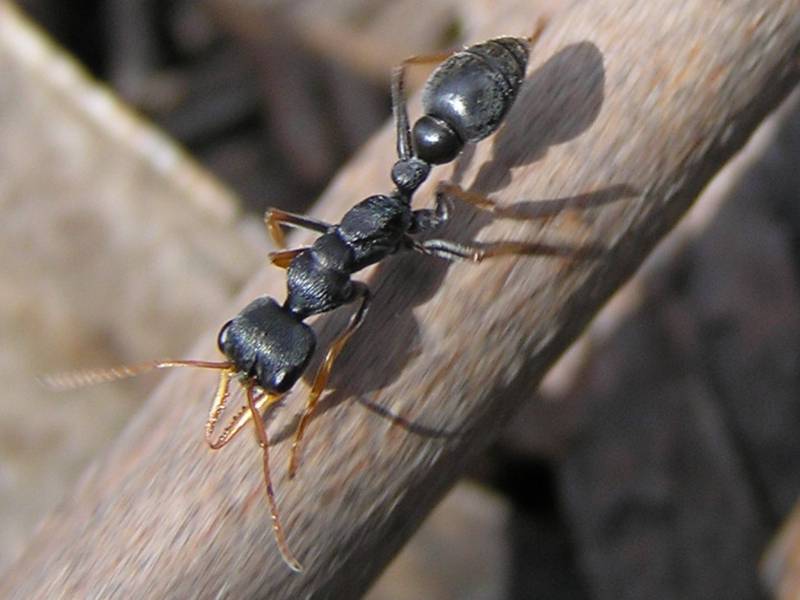What Is A Jack Jumper Ant: Learn About Australian Jack Jumper Ant Control


Jack jumper ants may have a humorous name, but there’s nothing funny about these aggressive jumping ants. In fact, jack jumper ant stings can be extremely painful, and some cases, downright dangerous. Read on to learn more.
Jack Jumper Ant Facts
What is a jack jumper ant? Jack jumper ants belong to a genus of jumping ants found in Australia. They are large ants, measuring about one-half inch (4 cm.), although the queens are even longer. When they’re threatened, jack jumper ants can jump 3 to 4 inches (7.5-10 cm.). The natural habitat for jack jumper ants is open forests and woodlands, although they can sometimes be found in more open habitats such as pastures and, unfortunately, lawns and gardens. They are rarely seen in urban areas.
Jack Jumper Ant Stings
While jack jumper ants' stings can be very painful, they don’t cause any real problems for most people, who experience only redness and swelling. However, according to a fact sheet distributed by the Tasmania’s Department of Water, Parks, and Environment, the venom can cause anaphylactic shock in approximately three percent of the population, which is believed to be approximately double the rate for an allergy to bee stings. For these people, jack jumper ant stings can lead to symptoms such as difficulty breathing, swelling of the tongue, abdominal pain, coughing, loss of consciousness, low blood pressure, and increased heart rate. The bites are potentially life-threatening but, fortunately, deaths due to stings are very rare. The severity of a reaction to jack jumper ant stings is unpredictable and may depend on a number of factors, including the time of year, the amount of venom that enters the system, or the location of the bite.
Controlling Jack Jumper Ants
Jack jumper ant control requires the use of registered pesticide powders, as no other methods are effective. Use pesticides only as recommended by the manufacturer. Nests, which are difficult to find, are usually located in sandy or gravelly soil. If you’re traveling or gardening in Australia’s remote locations and you’re stung by a jack jumper ant, watch for signs of anaphylactic shock. If necessary, seek medical help as soon as possible.
Gardening tips, videos, info and more delivered right to your inbox!
Sign up for the Gardening Know How newsletter today and receive a free copy of our e-book "How to Grow Delicious Tomatoes".

A Credentialed Garden Writer, Mary H. Dyer was with Gardening Know How in the very beginning, publishing articles as early as 2007.
-
 Looking For Plants To Give You The Soft And Fuzzies? Try These 5 Fuzzy Leaf Plant Options
Looking For Plants To Give You The Soft And Fuzzies? Try These 5 Fuzzy Leaf Plant OptionsLovers of texture, drama, silver foliage and tactile plants will adore these special sensory garden additions. These fuzzy leaf plant options will leave you all aglow
By Susan Albert
-
 Get Ready For A Summer Of Hummers! Grow These Full Sun Hummingbird Plants and Flowers
Get Ready For A Summer Of Hummers! Grow These Full Sun Hummingbird Plants and FlowersIf you’re lucky enough to enjoy a sunny backyard, make sure you are maxing out on your pollinator opportunities and grow these full sun hummingbird plants and flowers
By Tonya Barnett